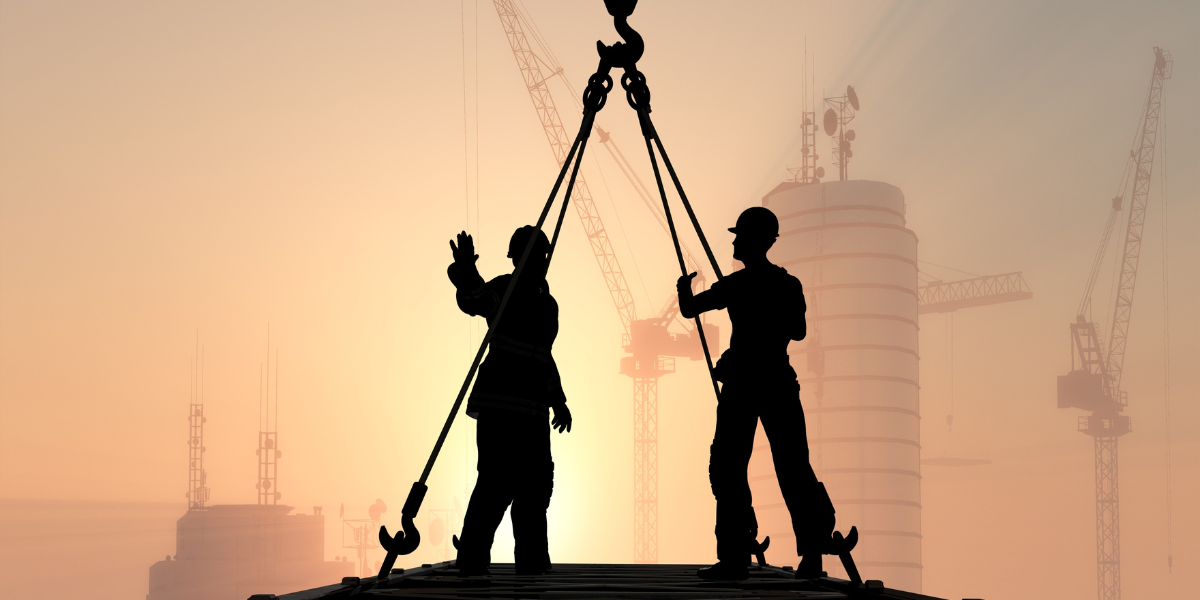“Working at Heights: Why the Risks of Occupational Accidents go unnoticed? “

According to the NIOSH Fatality Assessment and Control Evaluation programme, falls accounted for 42% of construction fatalities between 1982 and 2015; 54% of workers killed lacked access to a personal fall arrest system; and 20% of fatalities occurred during the victims’ first two months on the job.
According to the most recent OSHA data, falls from great heights will continue to be the leading cause of workplace fatalities till date.
The findings paint a clear picture: the risk of falling from great heights is not managed or prioritized based on the devastating effects it has on workers’ well-being and safety. Why haven’t we found a fall prevention solution that can effectively reduce the number of annual accidents?
The Risk of Falling
Falls are more likely to result in a fatality than most other types of injuries. While other common causes of accidents, such as falling objects, overexertion, or vehicle or machine accidents, are more likely to injure only a portion of the body, falls can easily injure the entire body and vital organs.
A fall from more than 30 feet is unlikely to be fatal, but even six feet can be fatal. When landing on the wrong part of the body or surface. Falls, regardless of height, frequently result in spinal, head, or neck injuries, which can leave the worker severely disabled or lead to death.
Although it appears to be the leading cause of workplace death, falls are not the most common cause of injury. Instead, overexertion and bodily reaction caused more days away from work. Nonfatal injuries caused by contact with objects or equipment had a similar incidence rate as falls, slips, or trips.
In other words, while falls from great heights are not the most common type of accident, they are far more likely to be fatal than other types of occupational accidents. even more than the severity of fall-related incidents is what we need to focus on to reduce the number of fatalities.
Correctly Using Safety Protection
Effective fall protection is dependent on making an informed equipment selection and understanding how to protect oneself and others from potential hazards. Workplace safety is thus a two-step process that includes, first, technical assistance in the form of tools and machinery that can shield and protect in dangerous situations, and second, human assistance in the form of comprehensive training, instructions, and guidance.
Neglecting either of these will almost certainly result in “holes” in the safety system, which will lead to breaches and dangerous working conditions for everyone on the site.
Only qualified health and safety consultants can provide advice on how to ensure protection and compliance in accordance with site- and case-specific conditions.
In recent years, safety equipment has become far more effective and affordable, making it simple to select the best solution for each individual task. Rather than using one-size-fits-all solutions, well-tailored and modifiable equipment has the potential to make every site, completely risk-free. If used correctly, a combination of fall arrest systems, edge protection, scaffolds, and safety equipment (such as lighting, ladders, protective gear, and so on) should be able to prevent injuries.
Even the most modern and expensive equipment will not keep a worker safe if the worker does not understand how to use it. While there are numerous guides on what equipment to use in which situations, these guides are highly hypothetical and cannot teach workers hands-on instructions.
As a result, regardless of size or industry, safety training should be a top priority for any company. Regular safety training by a professional safety consultant will educate staff on how to use tools, spot potential hazards, and maintain a health and safety culture in the workplace, sparking awareness and interest in safety procedures among workers.
The Importance of Fall Protection
A good safety plan not only saves workers’ lives, but it also greatly increases a company’s revenue. According to the National Safety Council, every dollar invested in injury prevention can return between $2 and $6 in increased productivity, employee satisfaction with work and the workplace, and higher retention.
Sustainable and successful working environment.
OSHA is running fall prevention campaigns as part of an initiative to reduce the number of people killed or injured in falls from great heights.
However, the employer bears the ultimate responsibility for instilling urgency in the workplace when it comes to safety culture. Fall protection is the responsibility of every individual on the job site and cannot be viewed solely as a structural or corporate issue.
Instead, the future of fall protection will be determined in close collaboration with those who will be directly affected by it—the employees. Companies that view safety as a task that can be handled at the executive level are making a mistake. Only by participating in the discussion will the worker gain an understanding of safety culture.


